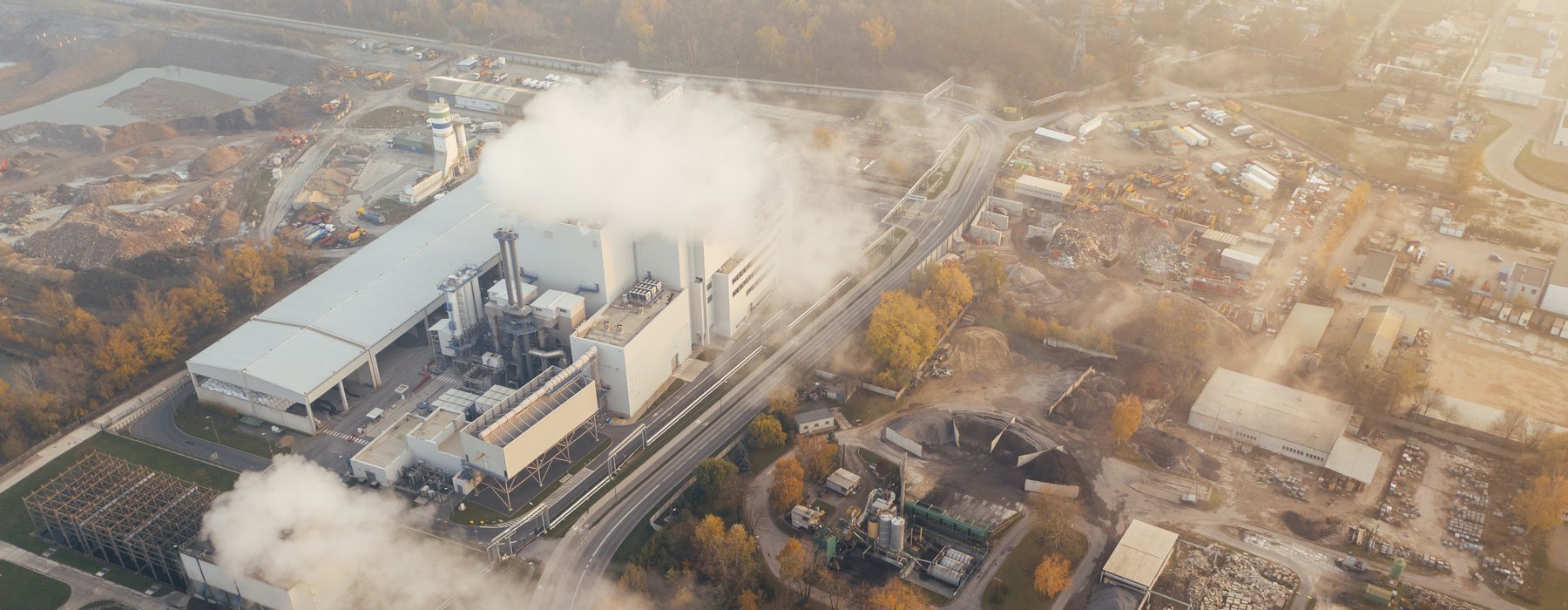Carbon monoxide poisoning is an acute condition that develops as a result of the ingress of carbon monoxide into the human body. This condition is dangerous to life and health, which can be fatal without qualified medical care.
Carbon monoxide, or carbon monoxide, carbon monoxide (CO) is a colorless gas that has no taste, its smell is very faint, almost imperceptible. Burns with a bluish flame. A mixture of 2 volumes of CO and 1 volume of O2 explodes when ignited. CO does not react with water, acids and alkalis.
It occurs wherever there are conditions for incomplete combustion of carbon-containing substances and enters the atmospheric air during any type of combustion. Carbon monoxide actively binds to hemoglobin, forming carboxyhemoglobin, blocking the transfer of oxygen to the tissues of the body, which leads to the so-called hypoxia. hemic type. Carbon monoxide is also involved in oxidative reactions, disrupting the biochemical balance in tissues.
The reasons
CO poisoning often occurs in everyday life with improper use of heating stoves, gas water heaters, when due to poorly working traction and / or lack of supply air for gas combustion, oxygen deficiency is formed and conditions are created for incomplete combustion of fuel. In most cases, poisoning occurs through the fault of the victims themselves: improper operation of heating stoves, gas water heaters, smoking in bed (especially when drunk), leading to a fire; keeping matches in places accessible to children; a long stay in a closed garage with a car with a running engine, a long rest (sleep) in a car with the heater and engine on, even if the car is outdoors. Every year in the cold season, poisoning of drivers in closed garages, where cars with running engines are located, are reported. Exhaust gases from cars contain on average from 1 to 6.3%, and sometimes up to 13.5% of CO. 20 hp engine from. can release up to 28 liters of CO per minute, creating a lethal concentration of gas in the air after 5 minutes. Also, CO poisoning can occur when you are on or near a busy road for a long time: on major highways, the average CO concentration exceeds the poisoning threshold. Acute CO poisoning can also occur in production, especially in the chemical industry, during coal coking, in coal mines, foundries, when a large amount of carbon monoxide is formed during the production process.
At a CO content of 0.08% in the inhaled air, a person feels a headache and suffocation. With an increase in CO concentration to 0.32%, paralysis and loss of consciousness occurs (death occurs after 30 minutes). At a concentration above 1.2%, consciousness is lost after several breaths, the person dies in less than 3 minutes.
Signs of carbon monoxide poisoning
With a typical light poisoning: headache, a feeling of heaviness and compression of the head (a “hoop” symptom), pulsations in the temples, dizziness, chest pains, dry cough, shortness of breath. There is nausea, vomiting, rapid pulse, increased blood pressure, drowsiness, lethargy, often on the contrary – euphoria with visual and auditory hallucinations. Redness of the skin and mucous membranes may also occur. The content of carboxyhemoglobin in the blood is up to 20-30%.
Poisoning of moderate severity is recognized by a sharp dizziness and headache, tinnitus, vomiting, muscle weakness, especially limbs, loss of consciousness by the type of fainting, convulsions. Visible mucous membranes are bright scarlet. Palpitations, shortness of breath are noted. The content of carboxyhemoglobin in the blood is up to 31-49%.
In case of severe poisoning: loss of consciousness, convulsions, impaired breathing and cardiac activity, dilated pupils with a weakened reaction to light. The skin and mucous membranes are scarlet. The content of carboxyhemoglobin in the blood is up to 50% or more.
Lightning poisoning (often on fires): the poisoned instantly lose consciousness, sometimes there are single convulsive muscle contractions (this clinical picture resembles the symptoms of subarachnoid hemorrhage). Respiration stops very quickly. The skin is pink. After 3-5 minutes, the heart stops. Occasionally, the heart first stops (syncope form of acute carbon monoxide poisoning), then the skin is usually pale.
In case of carbon monoxide poisoning in a fire, the clinical picture is often supplemented by signs of a burn of the upper respiratory tract and the development of acute respiratory failure, mechanical asphyxia of the poisoned person is possible.
